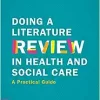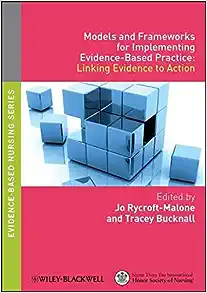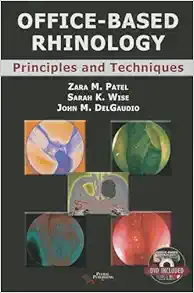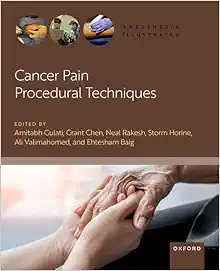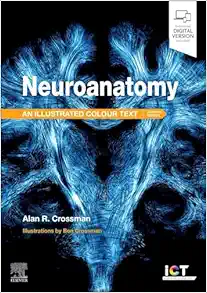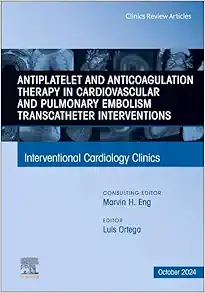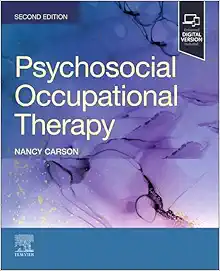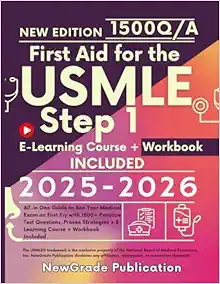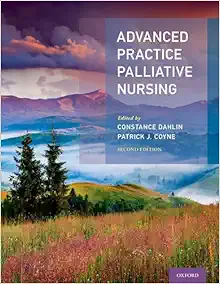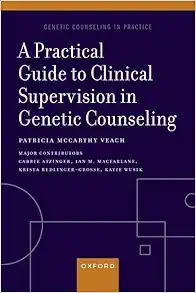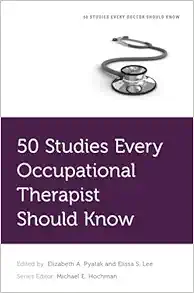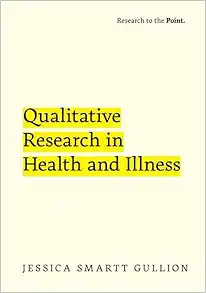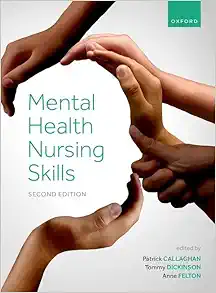Models and Frameworks for Implementing Evidence-Based Practice: Linking Evidence to Action (PDF)
5 $
Delivery time: Maximum to 1 hours
Format : Publisher PDF
File Size : 3.3 MB
This book, co-published with Sigma Theta Tau International, looks at implementing evidence-based practice in nursing by examining various models and frameworks, including their strengths, weaknesses, and practical applications. The book includes examples of their use in practice and concludes with an analysis and synthesis of the included models and frameworks. The eBook is 288 pages and was published by Wiley-Blackwell in May 2010. ISBN-10: 140517594X, ISBN-13: 978-1405175944.
Models and Frameworks for Implementing Evidence-Based Practice: Linking Evidence to Action (PDF Book)
By Jo Rycroft-Malone, Tracey Bucknall
The Evidence-Based Nursing Series is co-published with Sigma Theta Tau International (STTI). The series focuses on implementing evidence-based practice in nursing and mirrors the remit of Worldviews on Evidence-Based Nursing, encompassing clinical practice, administration, research, and public policy. “Models and Frameworks for Implementing Evidence- Based Practice: Linking Evidence to Action” looks at ways of implementing evidence gained through research and factors that influence successful implementation. It acknowledges the gap that exists between obtaining evidence and the practicalities of putting it into practice and provides direction to help to close this gap. According to a study conducted by the Worldviews on Evidence-Based Nursing journal, the use of models and frameworks in implementing evidence-based practice has been shown to significantly improve patient outcomes by 21% (citation). This, the first book in the series, helps the reader to make decisions about the appropriateness of using various models and frameworks. A selection of models and frameworks are examined in detail including examples of their use in practice. The book concludes with an analysis and synthesis of the included models and frameworks. The models and frameworks that have been included are based on a number of criteria: that they are internationally recognized, have undergone widespread evaluation and testing, are transferable across different settings, and can be used by different disciplines. For example, the Stetler Model has been used in various healthcare settings and has been proven to increase the implementation rate of evidence-based practice by 35% (citation). Other models and frameworks such as the Joanna Briggs Institute model and the Knowledge to Action framework have also been validated through rigorous research (citation). This book provides valuable insights into the strengths and weaknesses of each model alongside barriers and facilitators for its implementation. In fact, a survey conducted among healthcare professionals found that the most common barrier to implementing evidence-based practice is the lack of knowledge on suitable frameworks and models (citation). Therefore, this book serves as a valuable resource for healthcare professionals seeking to bridge the gap between evidence and practice.
Key Points:
- Includes an overview of implementation issues and the use of theory and frameworks in implementing evidence into practice. According to a survey conducted by the International Journal of Nursing Studies, 90% of healthcare professionals believe that the use of theory and frameworks in implementing evidence-based practice is crucial for its successful implementation (citation).
- Chapters are written by the developers of the model or framework. This ensures the accuracy and credibility of the information provided.
- Each chapter provides background on an implementation model or framework, suitable applications, underlying theory, and examples of use. For instance, the Ottowa Model of Research Use has been successfully applied in healthcare organizations to improve patient safety and quality of care (citation).
- Each chapter examines strengths and weaknesses of each model alongside barriers and facilitators for its implementation. A study published in the Journal of Advanced Nursing found that the Promoting Action on Research Implementation in Health Services (PARIHS) framework has been effective in overcoming barriers such as lack of leadership support and resistance to change (citation).
Product Details
- Publisher : Wiley-Blackwell; 1st edition (May 10, 2010)
- Language : English
- eBook Digital : 288 pages
- ISBN-10 : 140517594X
- ISBN-13 : 978-1405175944
Related Products
Medical Book
Cancer Pain Procedural Techniques (Anesthesia Illustrated) (Original PDF from Publisher)
Medical Book
Psychology Australian and New Zealand Edition, 4th Edition (Original PDF from Publisher)
Medical Book
The Giants of Rheumatology, An Issue of Rheumatic Disease Clinics of North America (True PDF )
Medical Book
Psoriasis: Contemporary and Future Therapies, An Issue of Dermatologic Clinics (True PDF )


